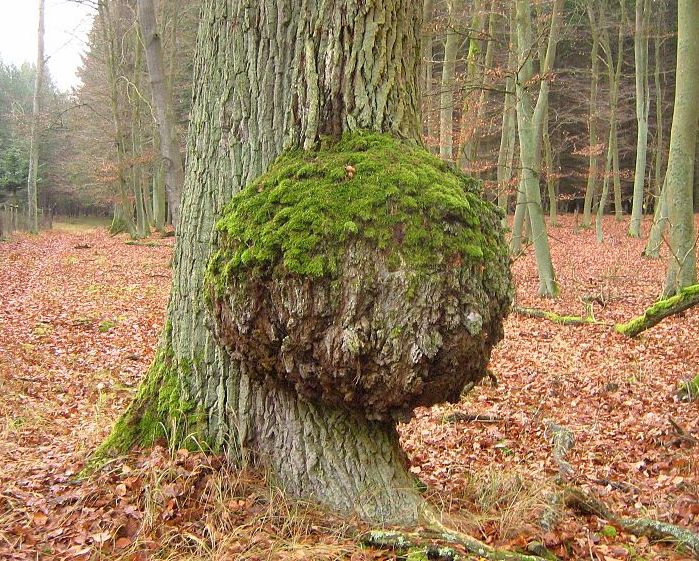What Factors Caused the 1840’s Irish Potato Famine?
[caption id="attachment_27084" align="alignright" width="480"] Great potatoes![/caption]I've already written about how one disaster led to my being alive today. Nothing less than a war – the War of 1812. Yet another disaster, worse than the first, that led up to my existence was the tragic 1840's Irish Potato Famine. I wrote of that, as well in Misfortune Gave Me Life. But what factors combined to produce the Irish potato famine of the 1840's? Irish Potato Famine: A Cause or Causes? An occurrence attributed to one particular factor is all-too-often actually results from a number of significant factors. Event X did not have a cause, it had causes. What causative factors led to the great Irish potato famine? [caption id="attachment_27086" align="alignright" width="200"] Phytophthora infestans infected potato.[/caption] A Fungus Among Us It is…

